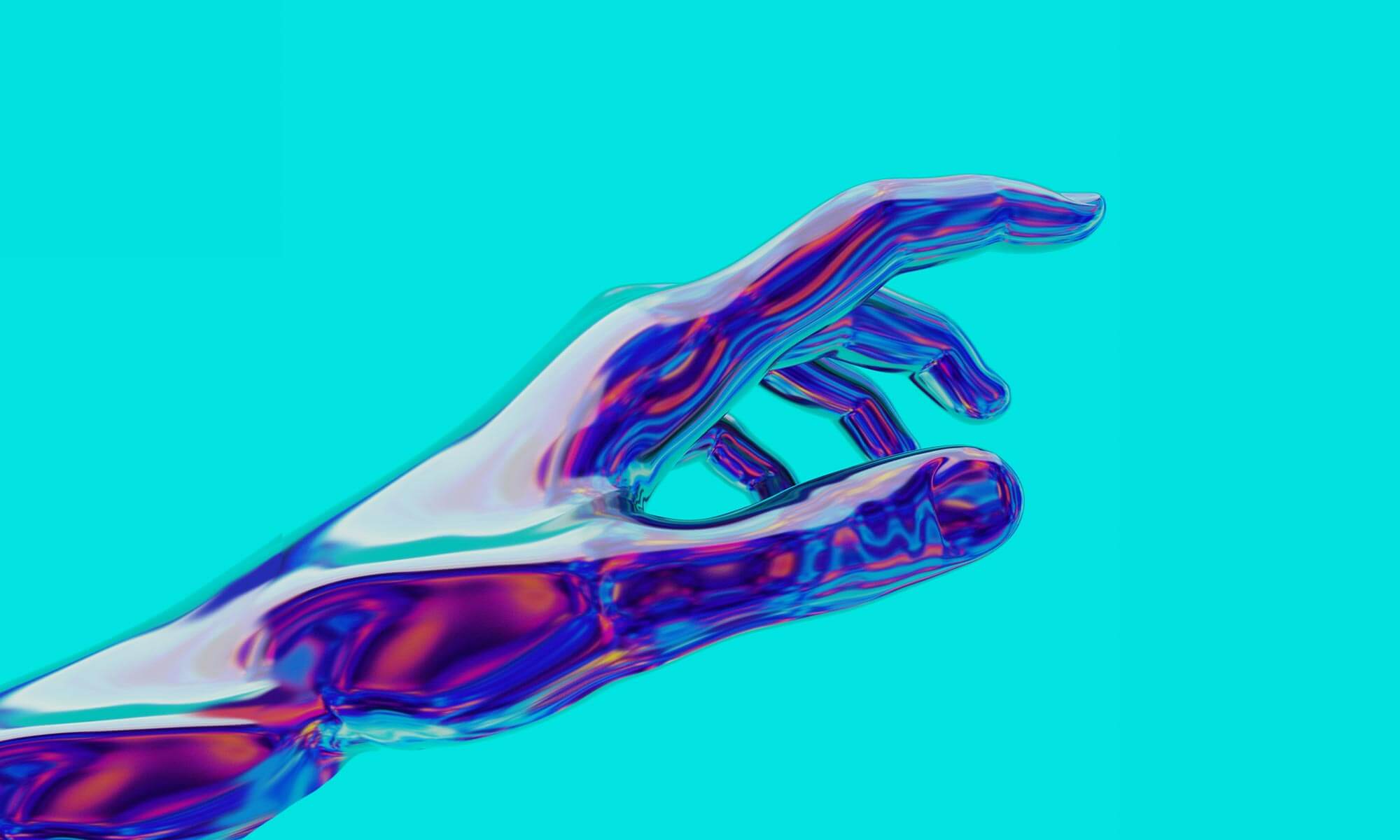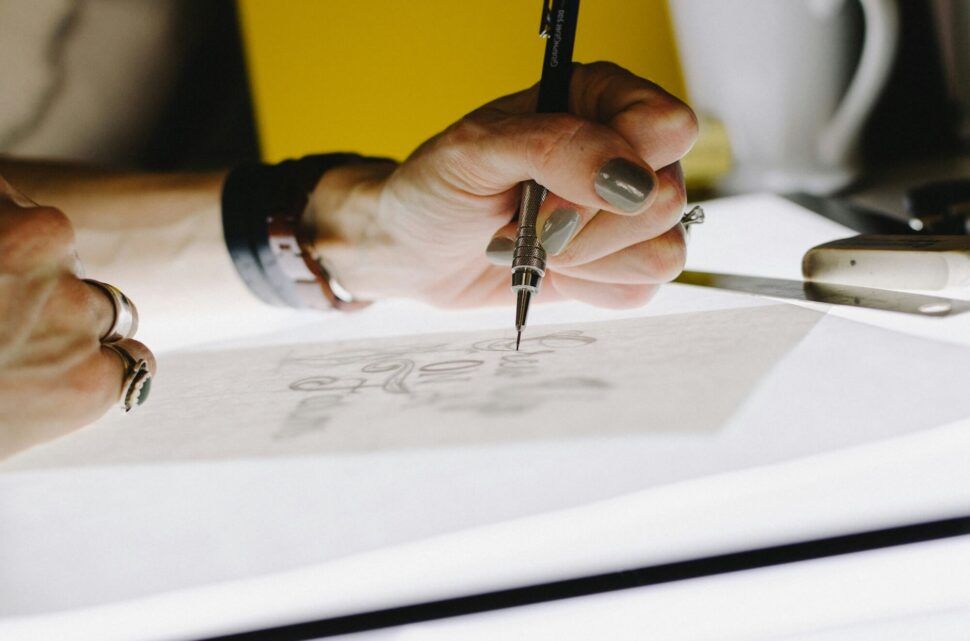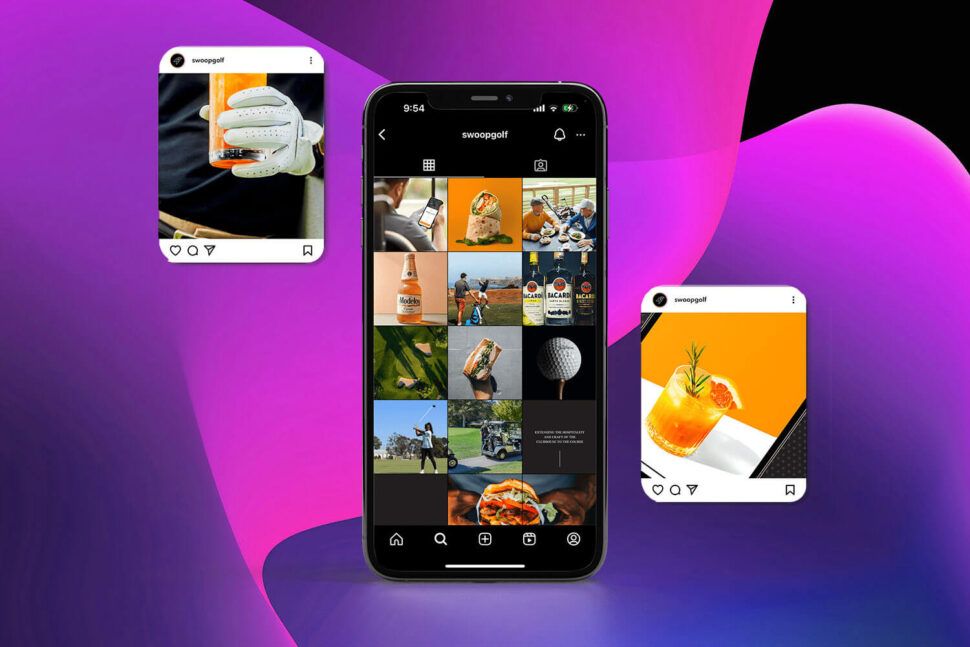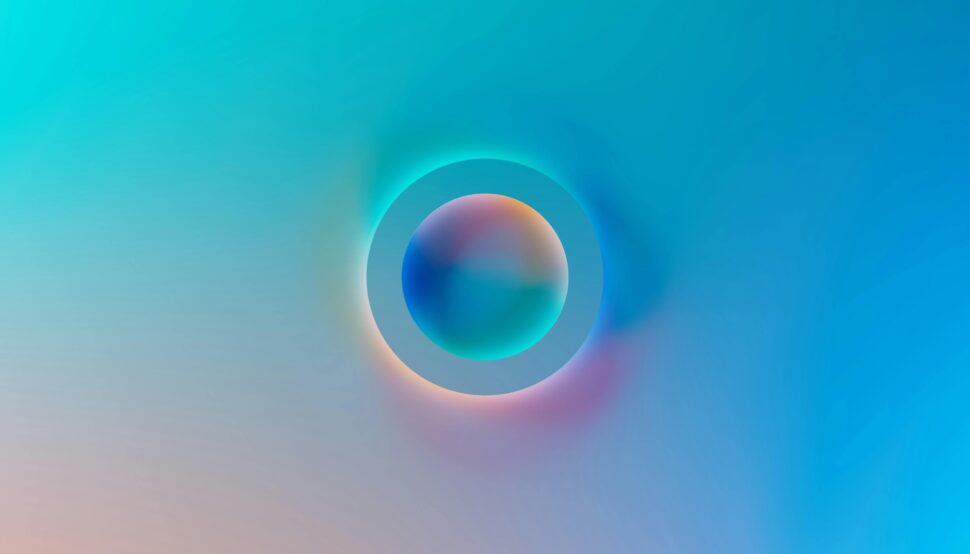August 22, 2024
AI in Design: Will the Creative Human Touch Ever Be Replaced?
- Visual Soldiers
- Design
- minute read

In the design world, particularly in the U.S., one topic has sparked a heated conversation: what’s the role of AI in design, and will artificial intelligence (AI) take over the role of designers? With AI’s growing presence in UX, graphic design, and other creative fields, it’s a fair question to ask. Some say the future looks bleak for human designers, while others are optimistic that designers and AI can coexist—each amplifying the other’s strengths.
But let’s step back for a moment and think critically about what design is really about. While there’s no denying that AI is making strides in automating repetitive tasks and analyzing data, can it truly replace the creativity, empathy, and problem-solving abilities that make designers irreplaceable?
Spoiler alert: we don’t think so. Let’s explore why.
The Unique Value of Human Designers
To understand why AI won’t spell the end for designers, let’s first look at the heart of design work. At its core, UX design—along with most other forms of design—is about people. It’s about understanding the needs, emotions, and behaviors of users and then crafting solutions that make their lives better.
While AI excels at processing vast amounts of data at incredible speeds, it lacks the very thing that sets human designers apart: empathy. Empathy is not just a buzzword; it’s the cornerstone of good design. The ability to put oneself in another’s shoes and understand the nuances of human emotions is essential to creating designs that resonate deeply with users.
Take, for example, designing a mobile app for an elderly audience. Sure, AI could analyze data and suggest layouts that are more accessible, but it’s the human designer who understands the frustration of aging users trying to adapt to new technologies. That understanding allows the designer to not just create accessible interfaces but to design experiences that feel intuitive and compassionate.
Creativity: An Unmatched Human Skill
Let’s talk creativity for a minute. Creativity is often spontaneous, unpredictable, and sometimes even illogical—a characteristic that AI struggles to replicate. Designers are constantly thinking outside the box, taking risks, and trying out unconventional solutions that don’t always follow a set pattern or logic. This creative spark is what leads to groundbreaking design solutions.
AI may assist by offering design suggestions based on past data and patterns, but those suggestions are limited by the algorithms they’re built on. They don’t “think” creatively; they follow established trends. Human designers, on the other hand, are always pushing the boundaries of what’s possible, venturing into uncharted territory to come up with fresh, innovative ideas that can redefine entire industries.
Consider the iconic designs of companies like Apple or Nike. Would AI have created something as groundbreaking as the first iPhone? Probably not. The iPhone wasn’t just a product of data-driven design; it was the result of visionary thinking, led by people who believed in challenging the status quo.
AI: A Tool, Not a Replacement
Now, that’s not to say AI doesn’t have a place in design. In fact, AI can be an incredibly powerful tool for designers when used correctly. Rather than replacing designers, AI has the potential to enhance their capabilities. By automating repetitive tasks like resizing images, adjusting layouts, or analyzing user data, AI can free up designers to focus on what they do best: thinking creatively and solving complex problems.
Imagine this: AI handles the tedious work of wireframing, organizing data, or even running A/B tests while the designer can explore higher-level design challenges. Instead of spending hours on mundane tasks, designers can focus on improving the user experience, crafting unique interfaces, and bringing innovative ideas to life.
In this way, AI acts as an assistant rather than a competitor. It helps designers work more efficiently, but it doesn’t take away their creative agency or ability to think critically.
Human Intuition and Emotional Intelligence
Another critical area where AI falls short is in intuition and emotional intelligence. Designers often rely on their gut feelings—those moments when a solution just feels right. This kind of intuition comes from years of experience, deep engagement with the target audience, and an innate understanding of human behavior.
For example, consider the process of creating a brand’s visual identity. A good designer doesn’t just think about how the logo looks but also considers how it makes people feel. Does it evoke trust, excitement, or warmth? These kinds of emotional cues are difficult, if not impossible, for AI to fully grasp because they aren’t driven purely by logic or data.
Designers are constantly making these intuitive decisions, often going against the grain of what data might suggest, to create something that resonates on a deeper, emotional level. AI can process the numbers, but it can’t “feel” the pulse of human emotion in the same way a seasoned designer can.
AI's Limitations in Understanding Context
Design isn’t just about creating something aesthetically pleasing or functional—it’s about understanding the broader context in which a design exists. Designers consider factors like culture, trends, social dynamics, and even political climates when creating something new.
AI can certainly help with gathering and analyzing data related to these factors, but it lacks the ability to fully understand or interpret their significance. For instance, AI might notice a rise in minimalist design trends based on online data, but it won’t understand the cultural underpinnings that drive this trend. Is it a response to information overload in a digital world? A yearning for simplicity in an age of constant distraction? These are the kinds of insights that human designers excel at uncovering.
Designers Are Here to Stay
So, will AI render the role of U.S. designers dead? We don’t think so. If anything, AI is an exciting new tool that can help designers do their jobs better. By taking over the repetitive tasks and data crunching, AI allows designers to focus on the parts of their work that are uniquely human: creativity, empathy, intuition, and emotional intelligence.
The future of design won’t be about man versus machine, but about how man and machine can work together. As AI continues to evolve, designers will need to adapt, but they won’t be replaced. Instead, they’ll find new ways to harness AI’s capabilities to create more impactful, human-centered designs.
In the end, what sets great designers apart isn’t their ability to follow trends or process data—that’s what AI does. Great designers are storytellers, problem solvers, and innovators who understand the complexities of human emotions and experiences. And as long as humans continue to interact with products, services, and each other, designers will always have a role to play.
Looking for a team that understands man and machine?
Book a CallConclusion: Embracing AI as a Partner
AI is here to stay, and it’s changing the landscape of design in the U.S. and beyond. But rather than feeling threatened by AI, designers should see it as a tool that enhances their abilities. AI can handle the technical, data-driven aspects of design, but it can’t replace the human touch that makes great design stand out.
Let’s embrace AI as a partner in the design process, one that allows us to focus on what we do best: bringing heart and soul into our designs, solving problems creatively, and making the world a better place, one design at a time.
After all, the future of design isn’t just about technology—it’s about people. And as long as there are people, there will always be a need for designers.







